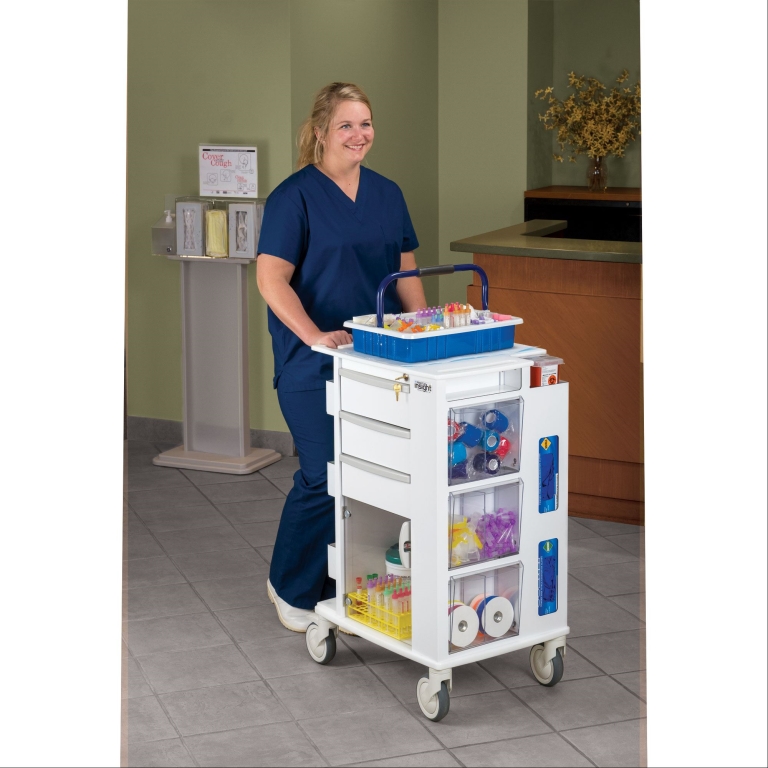Ultimate Guide to Passing Your Phlebotomy State Test: Tips, resources, and Exam Prep Strategies
Preparing for your phlebotomy state certification exam can feel overwhelming, but with teh right strategies and resources, you can confidently pass and advance your healthcare career. This thorough guide offers valuable tips, effective exam readiness strategies, and essential resources to help you succeed in your phlebotomy licensing test. Whether you’re just starting your study journey or looking for last-minute prep advice, this article is tailored to set you up for success!
Why Passing Your Phlebotomy State Test matters
Obtaining your phlebotomy certification is a crucial step in becoming a licensed healthcare professional.It not only validates your skills but also enhances your credibility with employers and patients. passing the state exam opens doors to diverse job opportunities in hospitals, clinics, laboratories, and outpatient centers. Additionally, being certified ensures you adhere to safety standards and best practices in blood collection procedures.
Understanding the Phlebotomy State Exam
What to Expect
The typical phlebotomy state exam assesses your knowledge of blood collection techniques, patient interaction, safety protocols, and legal/ethical considerations. The exam format generally includes multiple-choice questions, practical skills assessments, or both, depending on your state’s requirements.
Key Topics Covered
- Blood collection procedures
- Venipuncture techniques
- Patient identification and communication
- Infection control and safety precautions
- Specimen handling and processing
- Legal and ethical issues in phlebotomy
Effective Tips for Acing Your Phlebotomy State Test
1.Create a Structured Study Plan
Organize your study schedule to cover all exam topics evenly. Break down the content into manageable sections and set daily or weekly goals. Consistency is key to retention and confidence.
2. Use Reliable Study Resources
Invest in proven study guides, practice tests, and online courses specific to your state’s phlebotomy exam. The more familiar you are with the question formats and content,the better prepared you’ll be.
3. Prioritize Practical skills
Since the practical component is critical, practice venipuncture and blood collection techniques under supervised settings. Hands-on practice boosts your confidence and skill proficiency.
4. Take Practice Exams
Simulate the exam environment by completing timed practice tests. Review your answers thoroughly to understand your strengths and areas for improvement.
5. Review State-Specific Regulations
Each state may have unique requirements. Familiarize yourself with your state’s specific legal guidelines and certification guidelines to avoid surprises on exam day.
Top Resources for Phlebotomy Exam Preparation
| Resource | Description | Best For |
|---|---|---|
| National Healthcareer association (NHA) Study Guides | Official study materials tailored to the NHA phlebotomy exam criteria. | Comprehensive content review and practice questions |
| Phelebotomy Practice Tests | Online platforms offering simulated exams for realistic practice environment. | Exam readiness and confidence building |
| Local Community Colleges & Training Programs | Hands-on training classes and workshops led by experienced instructors. | Practical skills development and instructor support |
| Flashcards & Mobile Apps | On-the-go review tools covering key concepts and terminologies. | Quick revision and reinforcement |
Exam Prep Strategies for Success
Practice Consistently
Regularly practicing questions and blood collection techniques ensures mastery and reduces exam anxiety.
Focus on weak Areas
Identify concepts or skills where you’re less confident and devote additional study time to them. Use targeted practice to improve performance.
Manage Your Time Effectively
During the test, allocate time wisely. Don’t spend too long on tough questions; mark them, move on, and return later if time permits.
Stay Calm and Confident
Prioritize good rest, healthy eating, and relaxation before exam day. Confidence and a clear mind considerably impact your performance.
Additional Tips for First-Time Success
- Arrive early on exam day to settle nerves.
- Bring necessary identification and materials as per your state’s requirements.
- Read each question carefully before answering.
- Take deep breaths to reduce anxiety during the exam.
Case Study: From Nervous Student to Certified Phlebotomist
Meet Sarah: sarah was nervous about her upcoming phlebotomy exam.She dedicated two months to study, utilizing practice tests, online resources, and hands-on training. by following her structured plan, she identified weak spots and perfected her venipuncture technique. On exam day, Sarah was calm, confident, and well-prepared. She passed on her first attempt and is now thriving as a certified phlebotomist in a busy outpatient clinic.
First-Hand Experience: Practical Tips from a Certified Phlebotomist
“The key to passing your phlebotomy exam is a mix of knowledge and practical skills. Always prioritize hygiene and patient comfort. during your hands-on training, practice as much as possible, and don’t be afraid to ask for feedback. Confidence in your technique will not only help you pass the exam but also set you up for success in your career.” – Jane D., Certified Phlebotomist
Conclusion
Passing your **phlebotomy state test** is an achievable goal with the right planning, resources, and mindset. Use this guide to develop a study plan, leverage effective resources, and sharpen your skills. Remember, consistent practice, understanding state-specific regulations, and staying calm during exam day are your best tools for success. Embrace the challenge, stay motivated, and you’ll soon be a certified phlebotomist ready to make a difference in patient care.Good luck on your journey to becoming a licensed healthcare professional!
